How to Create Multilingual Patient Education Materials
Bridging Language Gaps in Healthcare: A Guide to Multilingual Patient Education
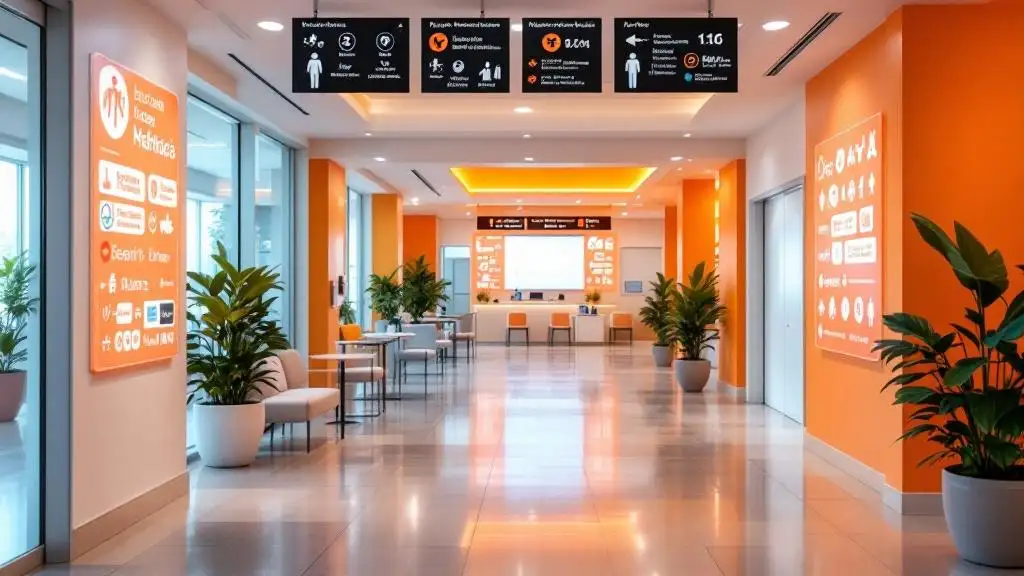

How to Create Multilingual Patient Education Materials
Enhancing Patient Understanding Across Languages and Cultures
In an increasingly diverse society, creating effective multilingual patient education materials is essential for equitable healthcare. These resources need to be culturally relevant, linguistically accurate, accessible, and engaging to meet the needs of diverse populations. This guide explores proven methods and best practices to develop, translate, and adapt health education content across multiple languages, ensuring clarity, cultural appropriateness, and compliance.
Designing Culturally and Linguistically Appropriate Content
 When developing patient education materials, beginning with well-designed English source content is crucial. These initial materials should incorporate health literacy precautions, ensuring language is simple, clear, and accessible for a broad audience. The goal is to communicate essential health information effectively while accounting for varying literacy levels.
When developing patient education materials, beginning with well-designed English source content is crucial. These initial materials should incorporate health literacy precautions, ensuring language is simple, clear, and accessible for a broad audience. The goal is to communicate essential health information effectively while accounting for varying literacy levels.
Selecting target languages is a next vital step. Priority should be given to languages spoken by large segments of the community or those identified by clinicians as needed for effective outreach. This targeted approach helps maximize the reach and impact of educational efforts, particularly in diverse populations.
To ensure cultural relevance and linguistic accuracy, assembling bilingual expert panels is recommended. These panels, composed of professionals fluent in both English and the target language, review and refine translations. Their insights help capture nuances, correct idiomatic expressions, and adapt content to cultural norms, which enhances understanding and trust.
Examples of Patient Education Materials
Patient education resources include a variety of formats:
- Printed items such as brochures, posters, and charts.
- Multimedia tools like videos, podcasts, and online modules.
- Demonstrative models, props, and interactive group sessions.
- Digital formats including web-based platforms and social media content.
These materials should be tailored to meet the literacy, cultural context, and individual preferences of patients. Combining visual aids, simple language, and culturally specific examples increases engagement and comprehension.
Topics to Cover in Patient Education Classes
Effective classes often focus on prevention, management, and psychosocial support:
- Health promotion strategies: nutrition, physical activity, immunizations.
- Disease-specific topics: diabetes management, hypertension control, mental health awareness.
- Medication education: proper use, potential side effects, adherence.
- Safety protocols and emergency preparedness.
- Addressing psychosocial needs, caregiver support, and resource navigation.
Focusing on relevant topics and customizing content to patient needs fosters proactive health behaviors.
Creating Multilingual and Culturally Sensitive Materials
To produce impactful multilingual resources, healthcare providers should:
- Use professional translators with cultural competence, not just literal translation.
- Simplify language based on health literacy guidelines, avoiding jargon and complex terminology.
- Incorporate visuals, videos, and stories that resonate culturally.
- Engage community members for feedback and pilot testing.
- Follow established tools such as the CDC’s Clear Communication Index.
Resources like MedlinePlus, EthnoMed, and official health departments can supplement local efforts by providing accessible, validated translated materials. These steps collectively promote equitable health literacy and foster trust in healthcare systems.
| Step | Description | Additional Resources |
|---|---|---|
| Design English Materials | Incorporate health literacy precautions, clear language, and visual aids | CDC’s Plain Language Guidelines |
| Select Languages | Based on community prevalence and clinician input | Local health data, community surveys |
| Review with Expert Panels | Bilingual professionals review translations for cultural relevance | EthnoMed, professional translation services |
| Pilot and Pretest | Test in target communities, gather feedback for refinement | Focus groups, community feedback sessions |
| Implement and Evaluate | Distribute adapted materials, monitor understanding and impact | Patient surveys, comprehension assessments |
By adhering to these principles, healthcare providers can craft educational materials that are not only linguistically accurate but also culturally resonant, ultimately improving patient understanding, engagement, and health outcomes.
Applying Best Practices in Translation and Cultural Adaptation
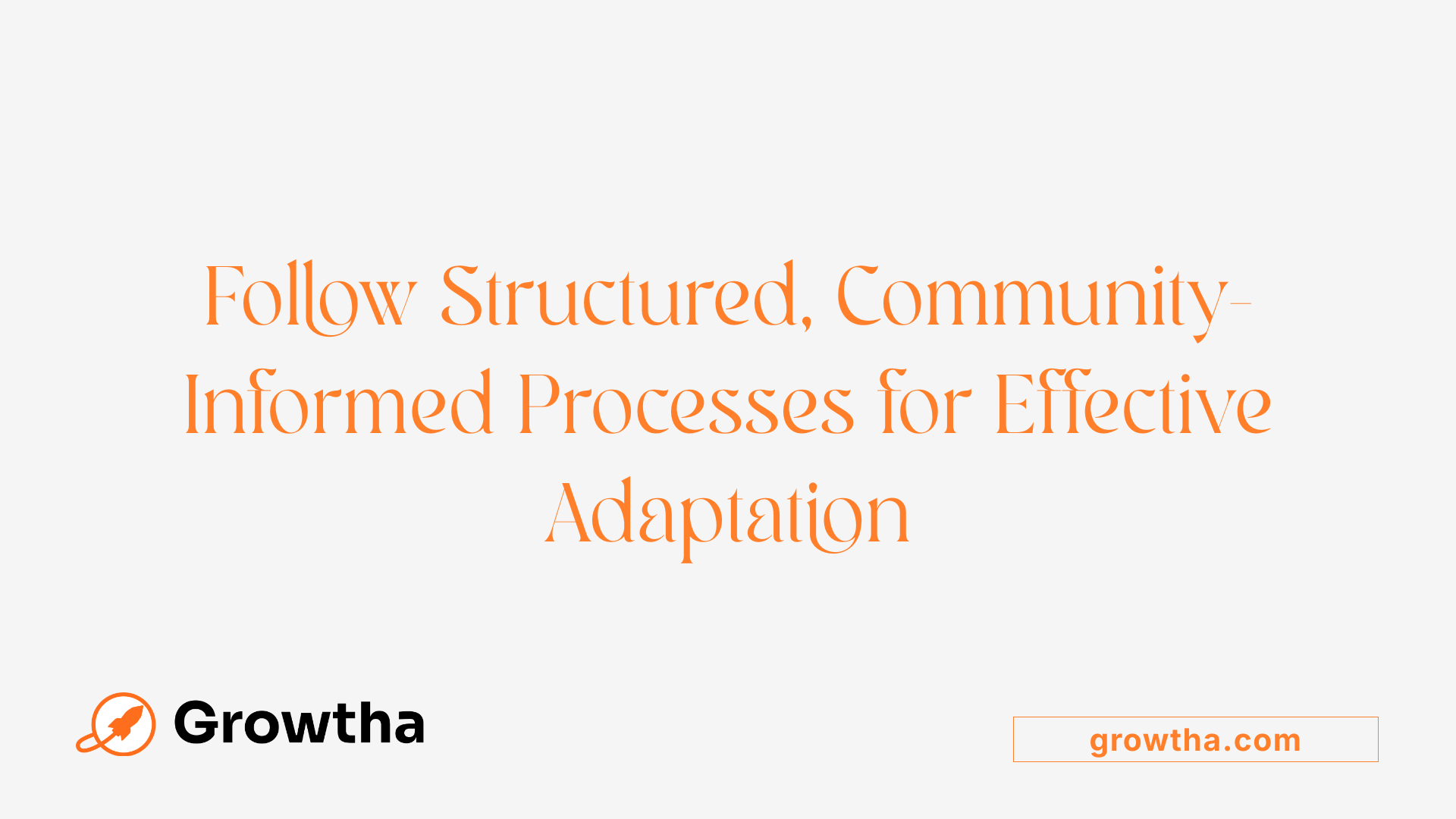
What are best practices for translating and culturally adapting health information?
Effective translation and cultural adaptation of health information are essential for reaching diverse populations with accurate and relatable content. This process begins with engaging professional translators who possess expertise in both medical terminology and cultural nuances. Their understanding helps produce materials that are not only linguistically correct but also culturally appropriate.
A structured, multistep process enhances the quality and relevance of translated health materials. It often involves forward translation, where content is translated into the target language, followed by back-translation to compare with the original. Synthesis of translation versions and thorough review stages ensure conceptual equivalence and clarity, preventing mistranslations or misinterpretations.
Cultural adaptation extends beyond mere translation. It requires modifying images, graphics, examples, and contextual references so they resonate with the beliefs, values, and practices of the target community. For example, visuals depicting family structures, traditional attire, or local health practices can make materials more relatable.
Involving members of the target population through testing methods like cognitive debriefing is vital. These testers review the materials for acceptability, understandability, and cultural relevance, providing feedback that guides further revisions. This participatory approach ensures the final products are both effective and respectful of cultural differences.
Documentation throughout each step of translation and adaptation is critical. It creates an audit trail that supports transparency and quality assurance. Validation techniques like psychometric testing can also be employed to assess reliability and consistency in how the materials are understood.
Collaborating with stakeholders—including community leaders, faith organizations, and local health advocates—helps tailor content to community needs and builds trust. Stakeholder input can guide culturally sensitive framing of health messages, increasing acceptance and impact.
In summary, best practices encompass engaging qualified translators, employing systematic and iterative translation processes, customizing visuals and content to cultural contexts, testing with community members, documenting procedures, validating effectiveness, and partnering with local organizations. These steps collectively promote health literacy, reduce disparities, and foster health equity in multicultural settings.
| Practice Step | Description | Importance |
|---|---|---|
| Engaging Professional Translators | Use experts with medical and cultural expertise | Ensures accuracy and cultural appropriateness |
| Multiple Translation Phases | Forward translation, back-translation, synthesis, review | Maintains conceptual fidelity and clarity |
| Cultural Modification | Adapt images, graphics, and context to local customs | Enhances relevance and acceptance |
| Community Testing | Cognitive debriefing with target community members | Checks understanding and cultural fit |
| Documentation and Validation | Record each step, conduct psychometric testing | Ensures quality, reliability, and accountability |
| Stakeholder Collaboration | Involve community leaders and organizations | Builds trust and ensures alignment with community values |
By adhering to these practices, health communicators can create educational materials that are not only accurately translated but also culturally meaningful, ultimately improving health outcomes and bridging disparities.
Embedding Health Literacy and Plain Language in Multilingual Resources
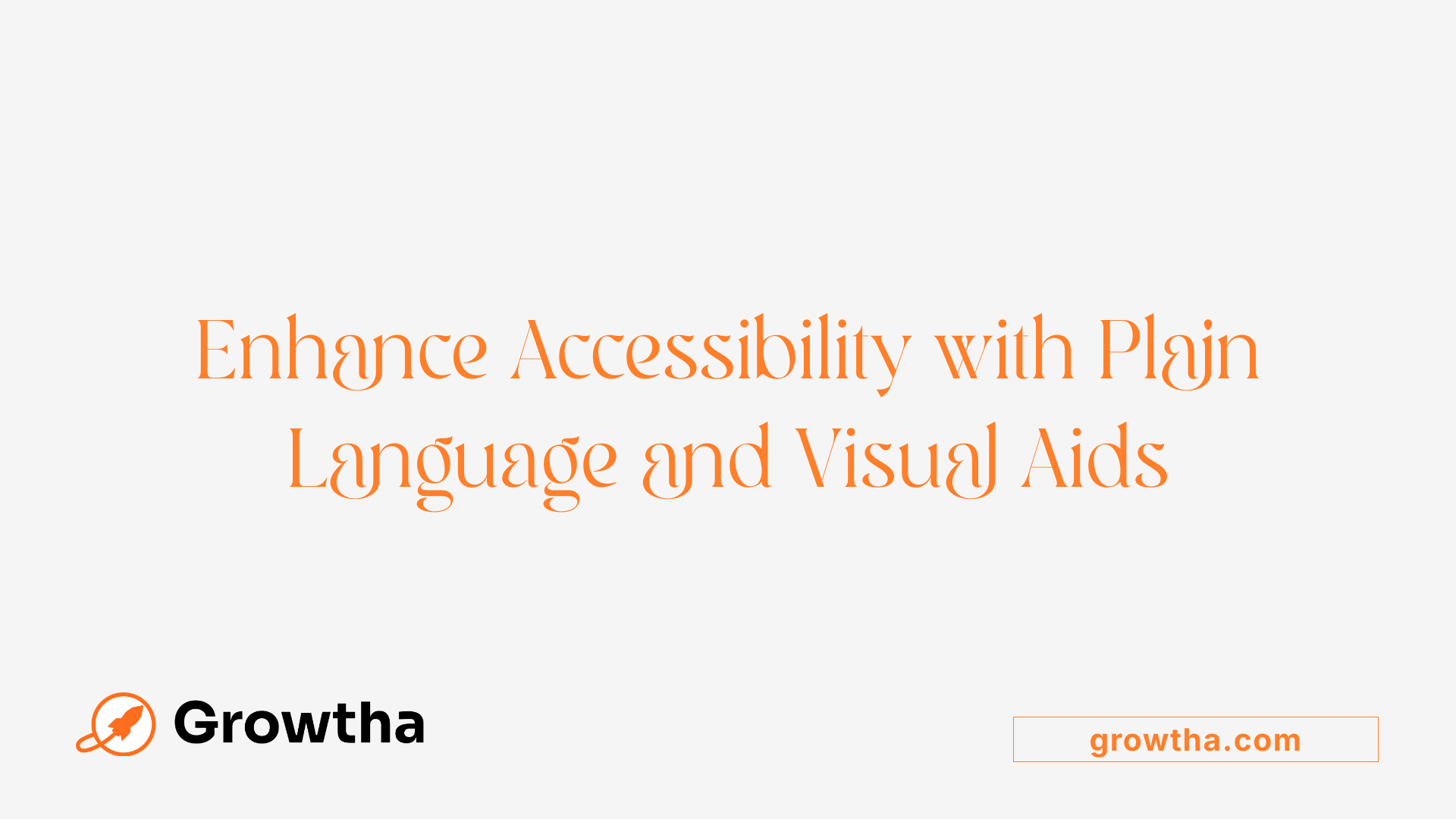
How can health literacy principles be incorporated into multilingual patient education resources?
Integrating health literacy principles into patient education resources that span multiple languages is vital for ensuring that all patients understand and effectively use health information. This can be achieved by prioritizing the use of plain language, which involves constructing sentences that are short and simple, using active voice, and choosing familiar words instead of medical jargon.
Designers should also include clear visuals, such as infographics or simple diagrams, that complement the written content and make complex concepts easier to grasp. Creating culturally relevant content tailored to the linguistic background of the community helps to foster trust and improve understanding.
Universal precautions in health communication suggest designing all materials to be understandable regardless of the individual's literacy level or language proficiency. Testing these materials with members of the target population, through focus groups or pilot studies, is crucial to identify and rectify potential misunderstandings.
Utilizing tools from authoritative agencies like the CDC's Clear Communication Index or the Patient Education Materials Assessment Tool (PEMAT) can guide the development process to enhance clarity and usability. These tools provide checklists and best practices for organizing information, selecting appropriate words, and designing visuals.
Incorporating visual aids simplifies language further and helps overcome language barriers, making the information more accessible for individuals with limited literacy or proficiency in the target language. Simplified language and visual communication are especially effective in promoting health equity, as they enable diverse populations to find, understand, and apply health information.
Healthcare organizations should involve diverse stakeholders, including community representatives and cultural experts, in the creation and review process. This ensures materials are culturally tailored, relevant, and sensitive to the audience's needs.
Training healthcare professionals in clear communication techniques ensures that verbal and written interactions remain accessible. They can adopt strategies like teach-back, where patients repeat information in their own words, to confirm understanding.
Finally, leveraging advancements in natural language processing (NLP) models can aid in translating, simplifying, and customizing health content for different languages and literacy levels, further supporting equitable health communication.
By systematically applying these strategies—using plain language, testing with populations, utilizing authoritative tools, and employing visual aids—healthcare providers can develop multilingual resources that effectively improve health literacy and promote better health outcomes for all communities.
Ensuring Accurate Translation Using Advanced Methods like Neural Machine Translation
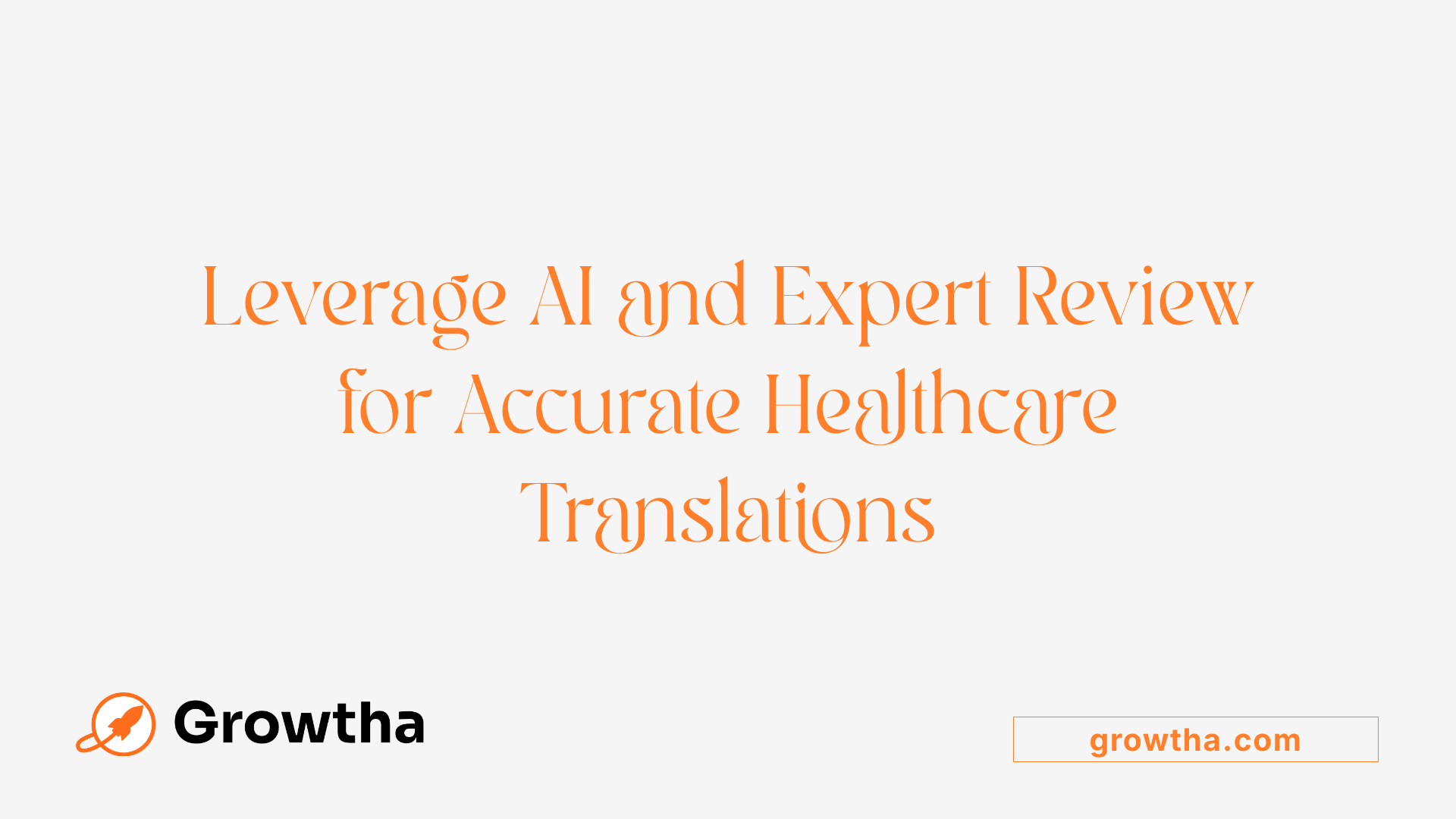
What are effective strategies for translating healthcare information accurately using methods such as neural machine translation?
Effective translation of healthcare information is vital for ensuring patient safety, comprehension, and equitable access to health services, especially in multilingual settings. Modern techniques such as neural machine translation (NMT) have revolutionized this process, but their success depends on several sophisticated strategies.
One of the most important approaches is fine-tuning multilingual pre-trained language models (MMPLMs) on specialized clinical data. These models, such as Transformer-based architectures, are initially trained on vast, general language datasets. Fine-tuning them with domain-specific medical texts helps the models grasp the unique terminology, context, and nuances of healthcare language, resulting in translations that are more accurate and contextually appropriate.
Involving human oversight remains essential. Bilingual healthcare professionals and medical experts should review machine-generated translations through post-editing. This step ensures that translations maintain medical accuracy, cultural relevance, and clarity, thereby reducing risks of misinterpretation that could affect patient care.
Additional techniques like back translation, where the translated content is re-translated into the original language to check for consistency, are useful for identifying discrepancies and enhancing accuracy. Proper terminology management—using glossaries, standardized medical vocabularies, and validation tools—helps maintain consistency through various translation processes.
A solid quality assurance process is fundamental. This involves continuous evaluation of translation outputs, collecting feedback from end-users, and implementing iterative improvements. It also ensures that translations are free of errors and culturally appropriate.
Cultural and linguistic nuances are critical considerations. Addressing differences in language structure, idiomatic expressions, and cultural contexts prevents potential misunderstandings. Tailoring translations to reflect cultural relevance fosters trust and comprehension among diverse patient populations.
Advancements in AI, particularly leveraging transfer learning and the latest transformer models, have further enhanced capabilities. Transfer learning allows models trained in one language or domain to adapt to others with limited data, expanding access to accurate translations for less-resourced languages.
In summary, combining cutting-edge AI technologies with human expertise, rigorous quality assurance, and cultural considerations produces the most reliable healthcare translations. These strategies support safer, clearer, and more inclusive health communication worldwide.
| Technique | Purpose | Additional Considerations |
|---|---|---|
| Fine-tuning MMPLMs | Improves context understanding and terminology accuracy | Requires domain-specific clinical datasets |
| Human post-editing | Ensures medical accuracy and cultural relevance | Involves bilingual healthcare professionals |
| Back translation | Validates consistency and fidelity | Adds an additional review layer |
| Terminology management | Standardizes medical terms across translations | Uses glossaries and validation tools |
| Quality assurance | Maintains translation integrity | Continuous feedback and iterative improvements |
| Transfer learning & Transformer models | Expands access, adapts to multiple languages | Supports low-resource languages |
Ultimately, effective healthcare translation is a comprehensive process. It integrates advanced machine learning models with human expertise, ongoing quality evaluation, and cultural tailoring. These combined efforts help ensure that health information is conveyed accurately, safely, and inclusively to diverse populations.
Meeting Accessibility Standards for Multilingual Materials
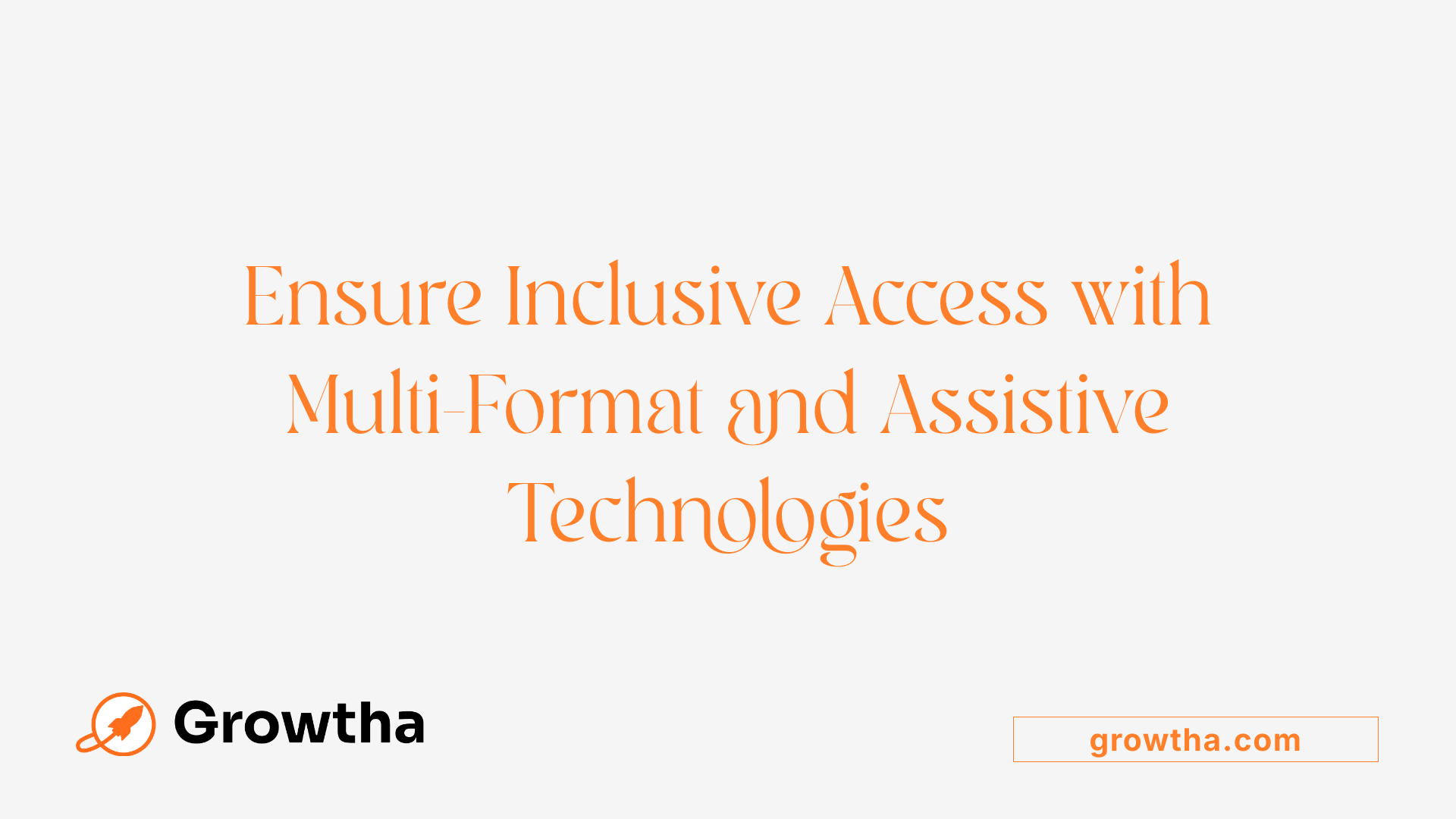
What standards and best practices ensure that multilingual health education materials meet accessibility requirements?
Ensuring that health education materials reach all individuals, regardless of language or ability, requires adherence to specific standards and thoughtful practices. Two fundamental frameworks are the CLAS Standards (Culturally and Linguistically Appropriate Services) and the Plain Language Act. The CLAS Standards emphasize delivering culturally and linguistically appropriate services, ensuring that content respects diverse health beliefs, languages, and communication preferences. The Plain Language Act mandates that federal agencies produce clear, straightforward documents that the public can understand without specialist knowledge.
Applying these standards begins with accurate translation into relevant languages, which should be performed by professional translators knowledgeable about the target culture and language nuances. Cultural adaptation goes beyond literal translation, modifying content to align with local health practices and beliefs, which enhances relevance and trust.
To make materials accessible to individuals with disabilities and Limited English Proficiency (LEP), organizations should provide various communication aids. These include interpreters, captioning services, braille versions, large print materials, and accessible websites that comply with the Americans with Disabilities Act (ADA). For example, videos should feature captions and sign language interpretation, while printed materials can be available in large font or braille.
Utilizing communication aids and free services ensures that health information is inclusive. For instance, language interpretation services help LEP individuals understand medical instructions, while assistive technologies make digital content reachable for those with visual or hearing impairments.
Adapting content into multiple formats, such as audio recordings, videos, infographics, and downloadable PDFs, broadens reach. For example, translating a brochure into audio for visually impaired individuals or creating videos with subtitles enhances comprehension across different needs.
Collaboration with experts—including linguists, disability advocates, community leaders, and cultural competence specialists—is vital. These stakeholders can help review materials for cultural sensitivity, linguistic accuracy, and accessibility compliance.
Finally, organizations should regularly evaluate the effectiveness of their materials through feedback and usability testing with diverse populations. This ongoing process ensures continuous improvement and adherence to evolving standards.
| Standard/Practice | Description | Implementation Example |
|---|---|---|
| CLAS Standards | Promote culturally and linguistically appropriate services | Training staff in cultural competence, providing translated materials |
| Plain Language Act | Require clear communication for the public | Simplify health pamphlets, use plain language guidelines |
| Accessibility Laws | Ensure content is usable by people with disabilities | Braille materials, captioned videos, accessible websites |
| Communication Aids | Use tools to overcome language/barrier gaps | Sign language interpreters, visual aids, captioning |
| Multi-format Delivery | Reach diverse populations across various media | Audio versions, infographics, videos |
| Stakeholder Collaboration | Engage experts for review and feedback | Community advisory boards, disability advocates |
This integrated approach, combining legal compliance, cultural sensitivity, and multi-modal accessibility, facilitates the development of inclusive health education materials. It ensures that all individuals, regardless of language, disability, or background, have equitable access to vital health information.
Ensuring Equitable and Effective Multilingual Patient Education
Developing multilingual patient education materials that are accurate, culturally sensitive, and accessible is vital for advancing health equity. By applying best practices in translation, cultural adaptation, health literacy, and multimodal communication, healthcare providers can improve understanding and engagement among diverse populations. Ongoing evaluation, community involvement, and adherence to legal standards are essential for creating inclusive resources that support informed health decisions for all patients.
References
- Creating Culturally Adapted Multilingual Materials for Research
- Research Guides: Creating Patient Education Materials: Cultural ...
- Creating Effective Patient Education Materials
- Multilingual & Multicultural Resources - Consumer Health & Patient ...
- (PDF) Providing Access to Multilingual Patient Education Materials
- Health Education Materials Need Better Translations, Study Shows
- Best Practices for Translating Patient Education Content
- Creating Multilingual COVID-19–related Material. Expanding Health ...
- How to Write Patient Education Materials







